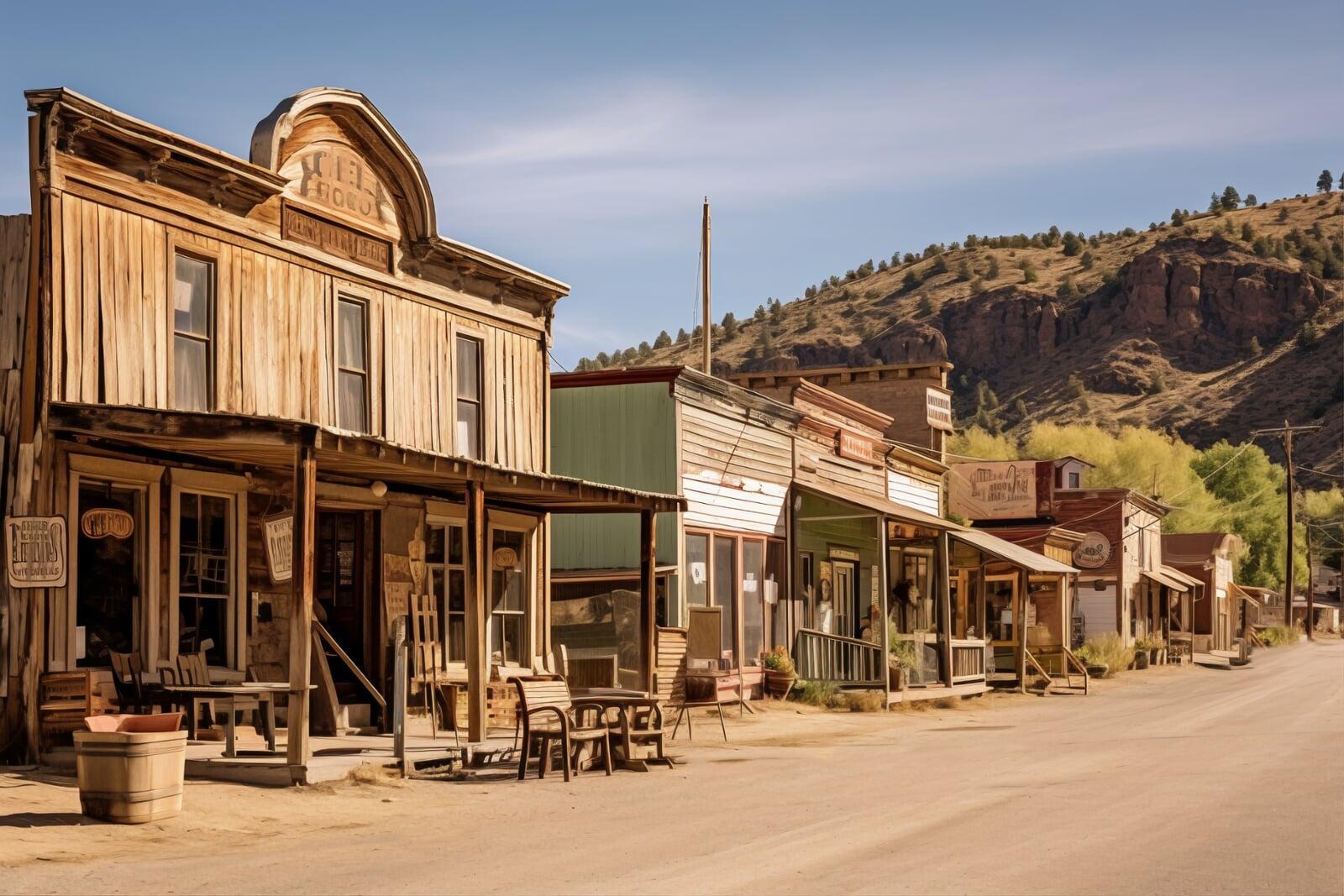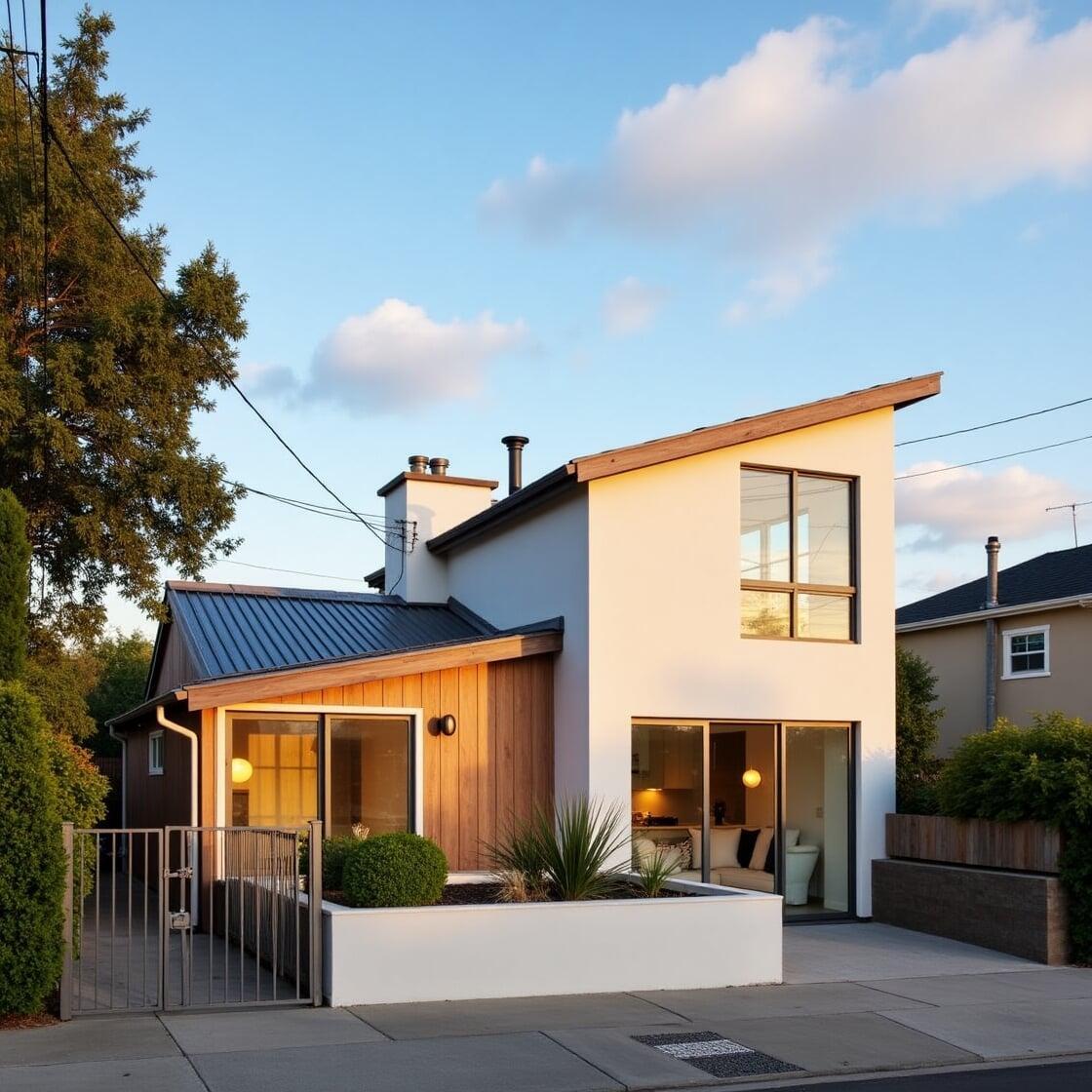
If you’re thinking about building an ADU in Escondido, California, you’re not alone. Many homeowners are taking advantage of new rules that make it easier to add more living space—and value—to their property. But let’s be honest: zoning, setbacks, and utility hookups aren’t exactly fun weekend reading. This guide breaks it all down without the legal jargon. You’ll know what you can build, where you can build it, and how to stay out of trouble with the city.
What Counts as an ADU in Escondido?
Let’s start simple.
An ADU is a secondary housing unit. It can be attached to your main home (like a garage conversion), detached (a small backyard house), or even inside your existing home (a converted basement or spare room).
In Escondido, these are called:
Detached ADUs – A separate structure on the same lot.
Attached ADUs – Physically connected to your main home.
Junior ADUs (JADUs) – Under 500 sq ft and carved out of your home’s interior.
Each has different rules, but the city treats them all as legal, rentable homes.
Minimum and Maximum ADU Sizes
Size matters.
Here’s what you’re working with in Escondido:
Detached ADUs: Up to 1,200 sq ft
Attached ADUs: Limited to 50% of the main home’s floor area, or 1,200 sq ft (whichever is smaller)
JADUs: Capped at 500 sq ft
You don’t have to max out these numbers. Sometimes smaller makes more sense, especially if you’re tight on yard space or just want to keep things simple.
Lot Requirements
You can build an ADU on most residentially zoned lots in Escondido.
Don’t worry if your lot isn’t huge. The city doesn’t have a minimum lot size for ADUs. However, your ADU must still follow standard setback and space rules.
Setbacks: How Close Can You Build?
You can’t just plop an ADU wherever you want. It needs some breathing room from the lot lines.
Escondido follows California’s base guidelines:
Side and rear setbacks: 4 feet
Front setback: Typically matches your main house rules
Between buildings: You may need at least 6 feet of clearance from other structures (check fire codes)
Setbacks help with fire safety, neighbor disputes, and access. Not fun, but necessary.
Parking Rules
Here’s some good news: you might not need extra parking.
If your property is within half a mile of public transit, you don’t need to provide extra parking for the ADU. This includes many areas of Escondido.
If parking is required, one space per ADU is the rule. It can be:
Tandem
In the driveway
Even on an existing parking pad
Garage conversions don’t require replacement parking anymore. Another win.
Height Limits
Height depends on the type of ADU you’re building:
Detached ADUs: Typically up to 16 feet
Attached ADUs: Can follow the height of your existing home
Multistory ADUs: In some zones, second stories are allowed—but they’ll need more review
Watch out for HOA or neighborhood design restrictions if you’re trying to go vertical.
Utility Connections and Fees
Utility connections can get technical, so here’s the short version:
JADUs often don’t need separate meters
Detached or attached ADUs may require new connections for water, sewer, and electric
Fees vary depending on square footage and existing capacity
Some impact fees kick in only if your ADU is over 750 sq ft, thanks to statewide rules. Below that? You might save some serious cash.
Owner-Occupancy Rules
As of now, Escondido does not require owner-occupancy for ADUs. That means you can rent out both the main home and the ADU if you want.
JADUs are different. These do require the property owner to live on-site, either in the main house or the JADU itself.
Something to keep in mind if you’re planning to move or rent out both units.
ADUs and Short-Term Rentals
Thinking Airbnb? Pump the brakes.
Escondido currently prohibits short-term rentals (under 30 days) for ADUs. They’re intended for long-term housing, not weekend getaways.
This could change, but for now, stick to monthly leases or longer if you want to rent your ADU.

Design and Appearance
You don’t have to match your ADU to your main house exactly. But Escondido does require that the exterior look “reasonably similar”.
That means basic consistency in:
Roof pitch
Exterior materials
Window types
Nobody expects a perfect clone, but your backyard ADU shouldn’t look like a spaceship either.
Fire Safety and Access
If your property is in a Very High Fire Hazard Severity Zone, things get stricter.
You’ll likely need:
Fire sprinklers (if your main house has them)
Fire-rated walls
A clear access path for emergency crews
This adds cost, but it’s non-negotiable. Safety rules win every time.
When You Need Permits
You’ll need a permit for pretty much everything.
The process usually includes:
Zoning review
Building plan check
Utility coordination
Final inspection
Start with a feasibility review. It’s often the quickest way to find out what’s possible on your lot before spending money on plans.
Some projects qualify for over-the-counter permits, but most take 4–8 weeks for approval.
Cost Estimates
We’ll keep it real: ADUs aren’t cheap.
Here’s a very rough range for Escondido:
Garage conversions: $100,000 – $160,000
Detached new builds: $180,000 – $300,000+
Attached additions: $150,000 – $250,000
JADUs: $60,000 – $90,000
Final cost depends on size, finish level, and site conditions. But keep in mind—you’re adding real, livable square footage. It’s often the most cost-effective way to expand your home.
Why Build an ADU?
Let’s wrap it up with the why.
People build ADUs for all kinds of reasons:
Rental income
A place for aging parents
Extra space for adult kids
A future retirement plan
They’re flexible. They add long-term value. And in a market like Escondido, they make a lot of sense.
Final Thoughts
Escondido’s ADU rules are surprisingly friendly—once you understand the basics. Whether you’re building a simple garage conversion or a full detached unit, there’s a clear path forward.
Start small. Talk to a professional. And don’t cut corners on the permit process.
Because nothing’s worse than building your dream unit… only to find out it’s in the wrong place.

